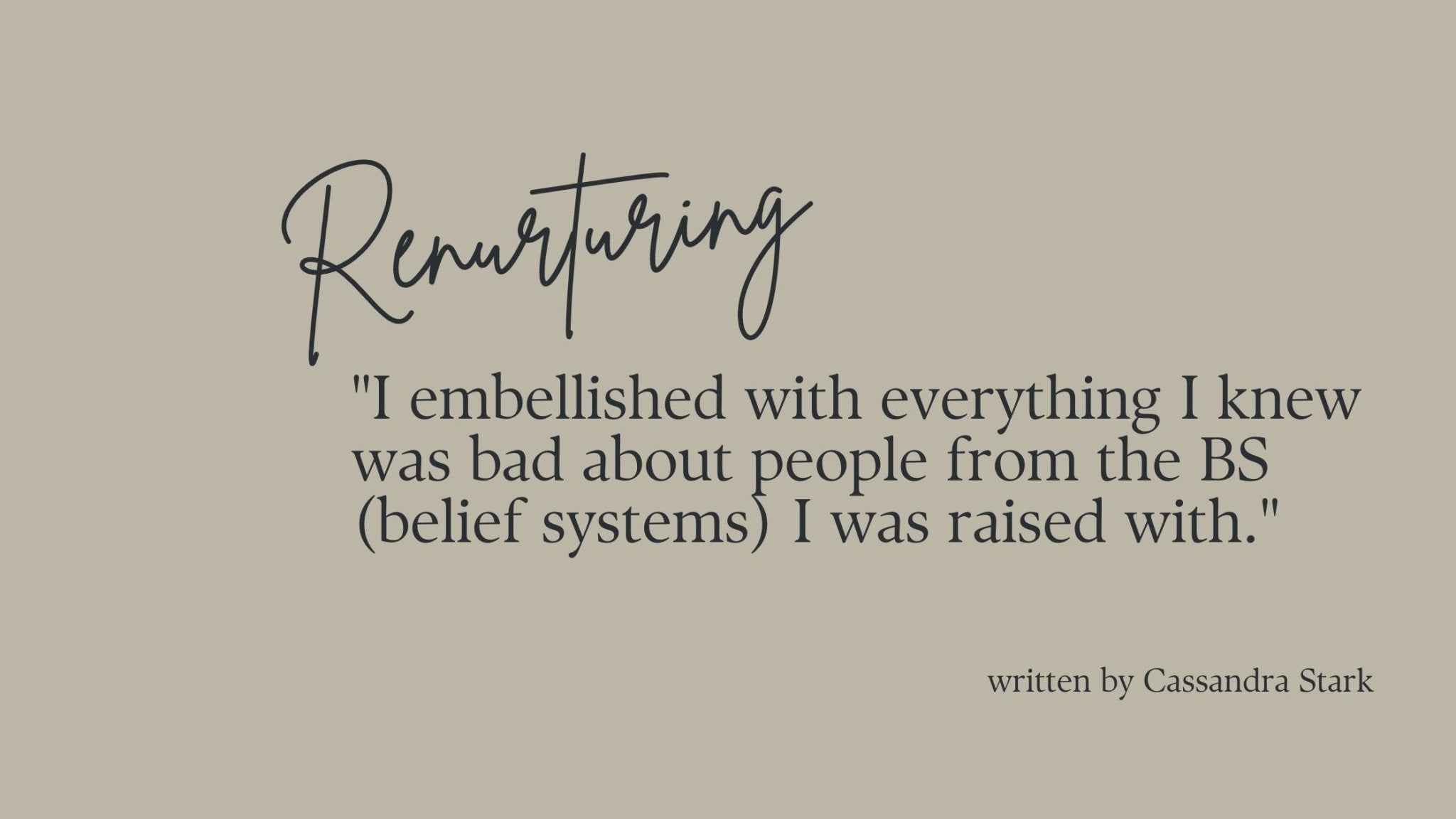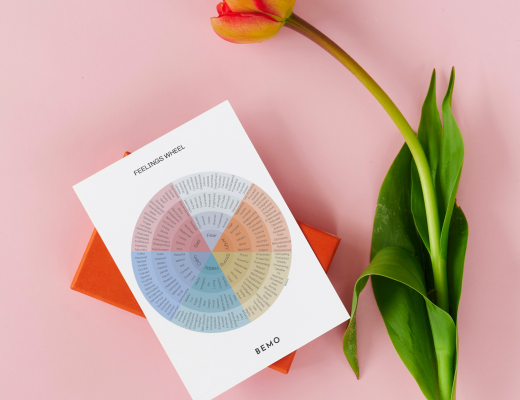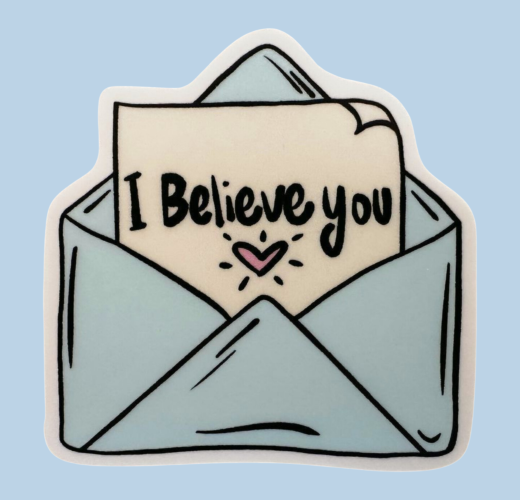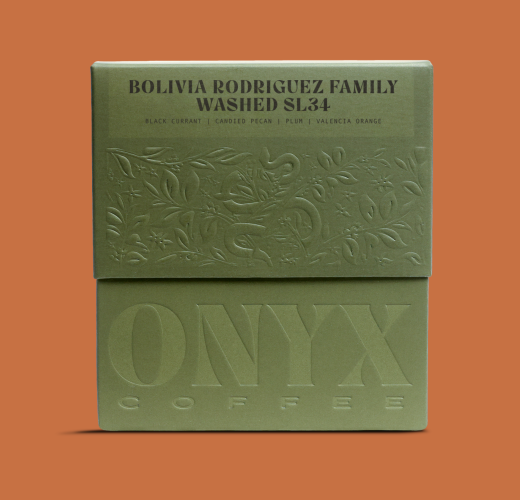In a world where we're constantly bombarded with messages about how we should look and what it means to be in our preferred identity, it's easy to fall into the trap of negative self-perception and body image issues. However, The BeMo Practice offers a refreshing and practical approach to counteract these challenges, guiding individuals towards a journey of self-love and body positivity.
Self-Reflecting: My Journey with Body Positivity
The BeMo Practice isn't just another journaling method; it's a transformative tool designed to navigate the complex emotions and beliefs we have in our lives. This includes our difficult emotions and beliefs about ourselves and our physical existence.
When I look back on my journey with body positivity - how it has changed, why, and how I can bravely approach remaining narratives and limiting beliefs in my BeMo Journal Practice - I find it hard to talk about. Still.
Using The BeMo Practice to Unearth the Storyline around your Relationship with your Body
If I were to form a conversation using BeMo's FUNCK Methodology, to be honest with myself about the storylines and beliefs surrounding my body, it would go something like this:
Brain Dump Statement: I cannot remember a time in my life when I had a truly good or satisfactory relationship with my body - what it represents, how it is used, or how I perceive it.
(F) I feel fat and honestly unsafe when my thighs touch each other because it gives me the constant feeling that I am being handled, which I hate. I feel overwhelmingly sad, heartbroken, and mournful when I think about the people I've surrounded myself with for most of my life - the ones who would tell me that I deserve whatever I get because of how I look or present myself, as well as the ones that don't include me because my body is different from anyone else's. I feel angry, bitter, and rage with a lot of people who led me to believe that my body is not my own - the ones who instilled rapid fear, panic, and vulnerability into my life and taught me that how I look, my hair color or the use of my body is the easiest way to be accepted once more under their guise. I feel disappointed with and threatened by my size or shape when it feels outside of my control because the lack of control over my body triggers these storylines of extreme lack of safety.
For The Advanced BeMo Renurturing Practice
For those engaging in an Advanced BeMo Renurturing Practice, I've left the limiting belief keywords and trigger points above in bold. To summarize, the limiting beliefs attached to triggered emotional states are:
- I deserve this because of how I look because my body is different.
- I've been taught this, and therefore, it is right - that to be loved or accepted, I have to do what others tell me.
- I have no control because I have feelings and reactions to how my body is used or perceived.
The very first sentence indicates a long list of beliefs that manifest dangerously:
- If I am curvy, people will handle me like a woman without a choice, as if that's what I want or am asking for. I allow myself to be fat so no one will want to touch me.
This contradiction is the trigger point of a run-away thought that instills instant hopelessness and extreme behavior changes and reactions when triggered. Beliefs like this cause chronic depression and often advance from avoidance to dissociation as an unhealthy coping mechanism. When undealth with, this can lead to dissociative disorders.
Doing the work to add to your Knowing will help alleviate the complexities of paradoxical beliefs - freeing you from the BS (belief system) used against you as you build safety, understanding, and compassion for yourself.
Here is the Knowing that has freed me from this BS (belief system):
I Know that one of these statements is the belief of my younger, childlike self, and the other is the belief of my adult womanhood. Both statements exist as part of my emotional truth. However, I Know that it is not my fault, nor did I want, ask for, or deserve my experience as a teen, tween, or child because I had "meat on my bones." I also Know that even if I were older and my body felt more befitting of my age, it is still underserved, uncalled for, and wrong. I Know, as a result, to this day I struggle with involuntary touch - especially from my body and therefore struggle with an unhealthy relationship with the meaning behind my size, robbing me of the beauty I can feel in my curves. I Know I am working on this and like so many other storylines, I can heal this narrative.
Revealing this deeper, inner truth is part of the Advanced BeMo Renurturing Practice and allows users to go beyond surface beliefs and understand the damaging narratives caused by the roots of a bigger, broader narrative.
Continuing The FUNCK Method For Body Positivity
To go from feel-and-deal to feel-and-heal, I will continue through the steps of The BeMo Practice's FUNCK Method to reveal my emotional truth.
(U) That is ridiculous and terrible! No one should have to feel that way about their body. Who would ever say those things to you or make you feel that this is what your body is for? I am so sorry you experienced these things. Please know that I will never do that to you. Honestly, you deserve to be loved, held, and seen. You deserve to have a positive and healthy experience with touch and the love you have for your own body.
(N) I have a need for choice and safety around touch. I have a need for gratitude and appreciation for my body. I have a need for affection, nurturing, and respect for my body. I have a need for acceptance of my body.
I will stop there and allow you to have FUN with your practice - moving through these same stages of feel, deal, and reveal.
This is an example of how The BeMo Practice can be its own journal prompt generator - allowing you, with time, energy, and willingness, to travel deeper into the narrative you are revealing until you feel that *poof* of freedom and ease in choice-making.
How The BeMo Practice Fosters Body Positivity
At its core, this practice is about more than just writing; it's about engaging in a meaningful conversation with oneself, uncovering deep-seated feelings, and initiating a healing process from within.
Here are some of the unique benefits The BeMo Practice brings to the topic of body positivity in overcoming a variety of issues from body dysmorphia to eating disorders by working through the FUNCK.
Creating Space for Honesty
The initial step of The BeMo Practice involves a "Brain Dump," where you're encouraged to pour out all your thoughts and feelings about your body unfiltered. This raw and honest reflection is the first step in confronting and acknowledging the negative self-talk and beliefs that often cloud our perception of ourselves.
Navigating Emotions with Compassion
Through the FUNCK methodology, The BeMo Practice guides individuals in dissecting their emotions towards their body - finding bravery in revealing the truth behind the surface as you face and repeat the subject of your body each time it comes up for you. By identifying specific feelings and understanding their roots, one can dismantle the negative narratives and replace them with a narrative of self-compassion and understanding.
Identifying and Meeting Needs
A crucial aspect of improving body image is recognizing our need for more positive and secure feelings about ourselves. Whether it's the need for acceptance, respect, or health, The BeMo Practice helps pinpoint these needs and brainstorm actionable steps to fulfill them, fostering a healthier relationship with our body.
Taking Actionable Steps
Recognizing our needs is only half the battle; the real change comes when the information turns to action. The BeMo Practice encourages individuals to reveal empowered choices in how to meet their Needs - promoting a proactive approach to self-care and body positivity. Sometimes, the simplest choice is revealing what we are not going to do - often the first step to eventually being able to create actionable, forward movement in what you can do now.
Instilling Subconscious Acceptance
Concluding this practice with awareness and understanding of what we know to be true about our bodies and ourselves reinforces a positive self-image. The final step of the FUNCK Method allows us to solidify our newfound understanding and appreciation for our bodies beyond societal beauty standards or the experiences of our upbringing - from school, friends, and/or family.
Cultivating Gratitude
Ending each session with a list of positives allows individuals to shift their focus from criticism to gratitude, appreciating their body for what it enables them to do and experience. This perspective change is vital in cultivating a lasting sense of body positivity.
The Difference The BeMo Practice Makes
Unlike traditional Cognitive Behavioral Therapy (CBT) or Dialectical Behavior Therapy (DBT), which often focuses on changing thought patterns and behaviors through structured protocols, The BeMo Practice offers a more holistic and fluid approach. It goes a step further by deeply embedding these changes into one's subconscious - healing the whole narrative by engaging in renurturing - making the transformation more profound and enduring.
Through regular engagement with The BeMo Practice, individuals learn to build a secure attachment with themselves, nurturing a sense of self-love that radiates outward, influencing all aspects of their lives, including their relationships with others.
In essence, The BeMo Practice is more than a journaling method; it's a pathway to rediscovering the joy of being in one's own skin, promoting a body-positive mindset that celebrates diversity, uniqueness, and the inherent beauty in being authentically oneself.
Engage in this practice with your very own BeMo Journal. Use the included BeMo Practice Guide to learn how to implement this three-step process and work through the FUNCK you're experiencing.
BeMo Journal Prompt for Thoughts & Behaviors Around Body Image
When your limiting belief is "I am too fat/skinny/ugly/different," bravely ask why.
Why do you feel this way about yourself?
Where did it originate?
When did you first hear this/start to believe this about yourself? Why?
Who reinforced this belief?
What can you do to overcome this limited belief?
See an example of confronting this belief using the BeMo Extras: 5 Whys practice.









Leave a comment